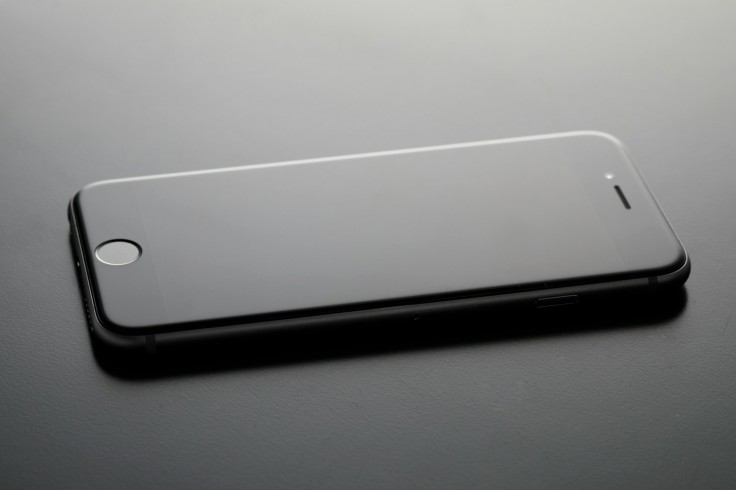
In this tech-driven world, smartphones are an integral part of our daily lives. However, beneath the surface of these sleek devices lies a practice known as planned obsolescence. This strategy involves intentionally designing products with a limited lifespan to encourage consumers to upgrade to newer models more frequently. While it's a contentious practice, recognizing the signs of planned obsolescence in smartphones can empower users to make informed decisions about their devices.
What is Planned Obsolescence?
Obsolescence refers to the state or condition of being outdated or no longer in use or relevant due to the advent of newer, more advanced versions or technologies. This is an organic process whereby a thing, which might be a product, technology, or even a concept, devalues itself with time due to new substitutes that appear or just for being no longer relevant according to current criteria of relevance.
Planned obsolescence relates to designing consumer goods such as electronics with a finite lifetime. This tactic aims to encourage consumers to replace their existing products with newer models more frequently, often by making older versions less functional or appealing. Planned obsolescence can be evident in various ways, such as limiting software updates, using non-replaceable components, or intentionally slowing down older devices to prompt upgrades. As PIA revealed in a survey, 80 percent of consumers agree manufacturers make repairing smartphones difficult on purpose, which could be a clear indication of planned obsolescence.
Signs Your Smartphone Might Be Designed for Planned Obsolescence
1. Battery Life Deterioration
One indicator of planned obsolescence is the slow decay of a smartphone battery. In most cases, after using it annually, the power to maintain a better charge for a long time wanes off. It is surprising that when using the phone, it drains rapidly. This decline in battery performance encourages users to consider purchasing newer models, as the degraded battery becomes a key factor influencing the overall usability of the device.
2. Limited Software Updates
Regular software updates play a crucial role in enhancing a smartphone's performance, fixing bugs, and providing security patches. However, manufacturers tend to halt these updates for older models, leaving them vulnerable to security threats and rendering certain apps incompatible. The lack of updates eventually hampers the functionality of the device, compelling users to contemplate an upgrade. This is where consumers are helpless, and they need to buy a new device or use an older one with security vulnerabilities and malfunctions.
3. Hardware Incompatibility
With each new smartphone release, manufacturers introduce innovative hardware features. However, these advancements often render older models incompatible with newer apps or accessories. This intentional mismatch often compels users to upgrade to the latest versions to access these advancements. The strategy behind hardware incompatibility nudges consumers toward newer models, leaving older devices seemingly obsolete due to their inability to support the latest technological developments.
4. Slowing Performance Over Time
Have you noticed a gradual decline in your smartphone's speed and overall performance? This phenomenon, known as "planned slowdown," is a tactic employed by manufacturers to encourage users to seek faster, newer models. The intentional slowing down of older devices prompts frustration and prompts consumers to consider newer options.
5. Non-Replaceable Components
The trend of sealing smartphones with non-replaceable components makes repairing them a challenging task. Cracked screens, faulty batteries, or other issues necessitate expensive repairs, sometimes costing nearly as much as a new device. When components like batteries or screens can't be easily replaced, users are often left with limited repair options, leading them to consider purchasing new devices instead of repairing the existing ones. This deliberate strategy not only increases costs but also contributes to the perception that older devices are disposable, encouraging frequent upgrades to newer models.
6. Manufacturer's Tactics
Manufacturers utilize strategic marketing campaigns that highlight the newest features and design elements of their latest models. These campaigns create a perception among consumers that owning the latest model is synonymous with having the best technology, thus driving frequent upgrades.
7. Lack of Repair Options
Finding genuine repair services and parts for older smartphones becomes increasingly difficult as manufacturers prioritize supporting newer models. Companies often deliver zero to a limited number of spare parts in the market to reduce the repair options. Limited repair options force users to either spend extravagantly on repairs or opt for a new device.
8. Environmental Impact
The frequent disposal of smartphones contributes significantly to electronic waste, posing severe environmental concerns. The planned obsolescence strategy results in an accelerated cycle of discarding old devices, contributing to the ever-growing e-waste crisis.
9. Consumer Awareness and Solutions
Empowering consumers with knowledge about the signs of planned obsolescence allows them to make conscious decisions. Implementing practices like using protective cases, avoiding extreme temperatures, and managing app usage can significantly extend a smartphone's lifespan.
10. Questionable Longevity of Components
Some manufacturers may intentionally use substandard or lower-quality components in their devices, leading to quicker wear and tear. This deliberate approach shortens the lifespan of the device, prompting users to consider replacing their smartphones sooner than expected. When components deteriorate prematurely, it influences consumer perceptions, fostering the belief that frequent upgrades are necessary, ultimately driving the cycle of planned obsolescence.
Final Words
The ten indicators discussed shed light on deliberate strategies employed by manufacturers to prompt frequent upgrades. Understanding these signs empowers consumers to make informed decisions about their devices, enabling them to prolong the lifespan of their smartphones and reduce environmental impact. By being vigilant and aware of these tactics, individuals can navigate the tech market more wisely, consider alternatives to constant upgrades, and contribute to a more sustainable consumption pattern.









